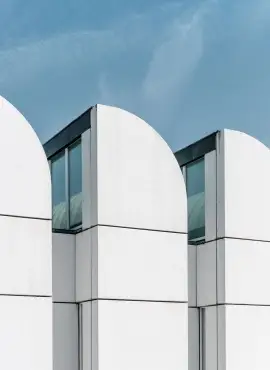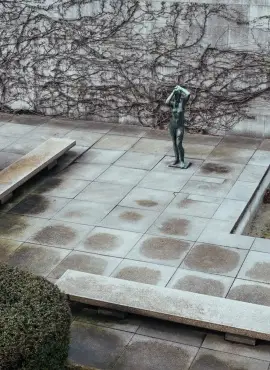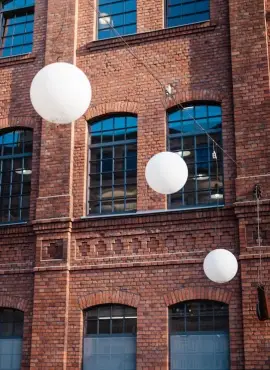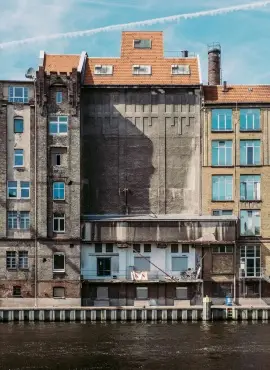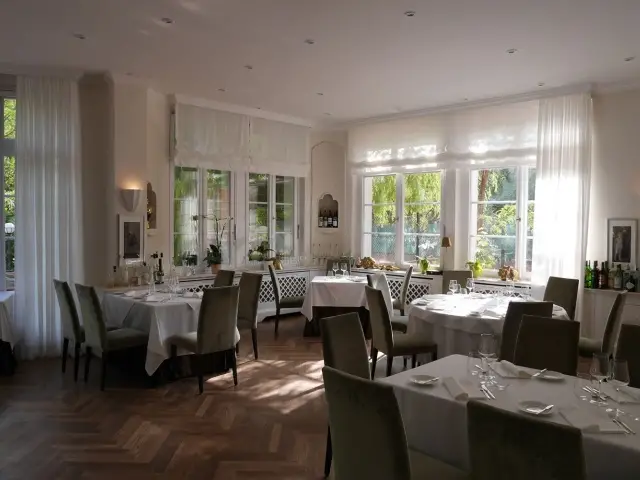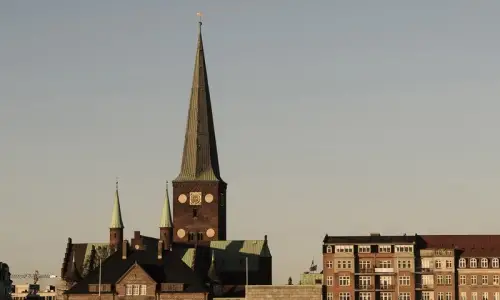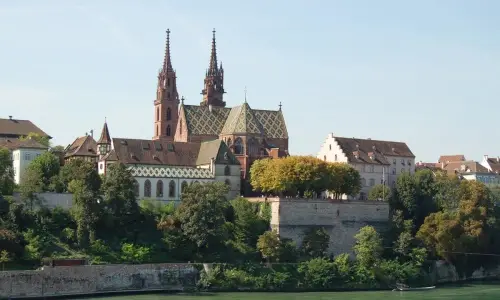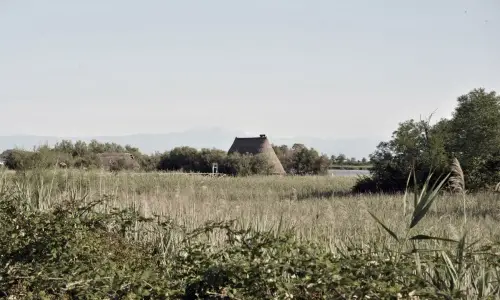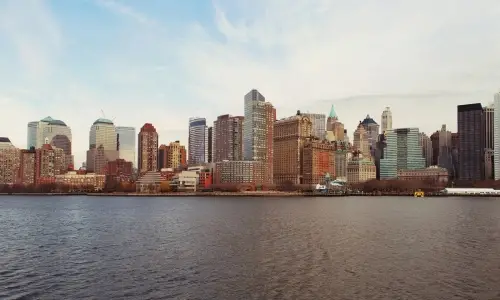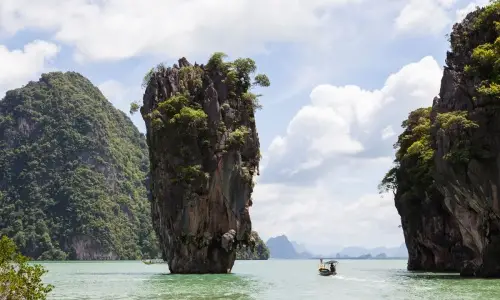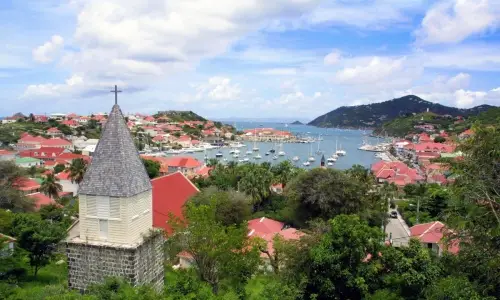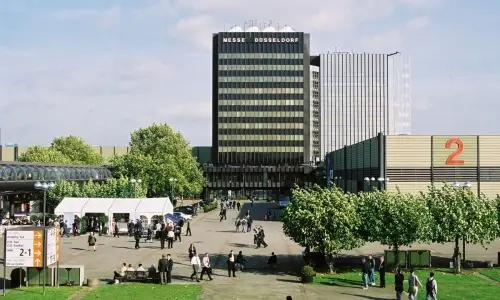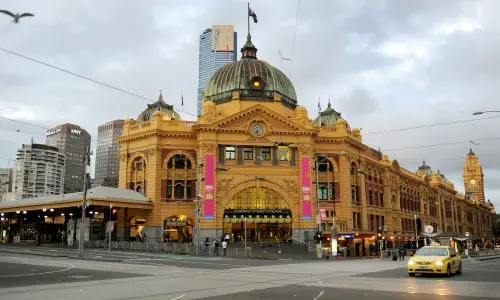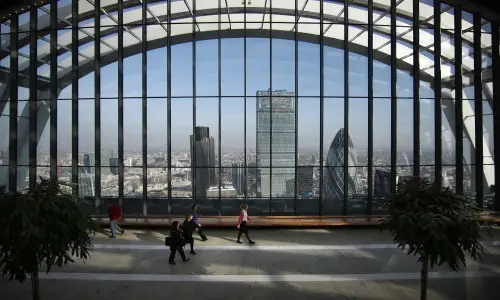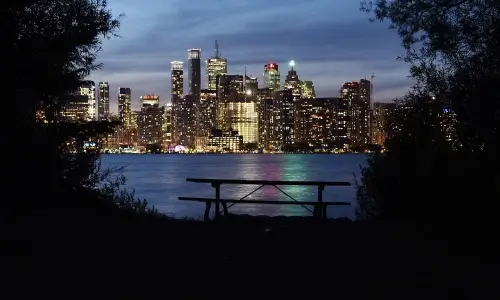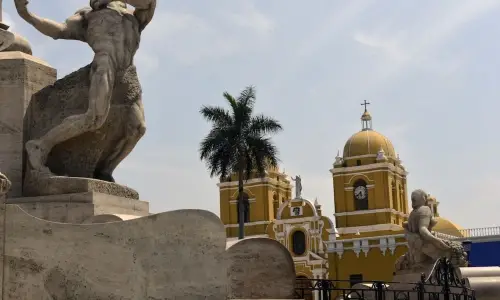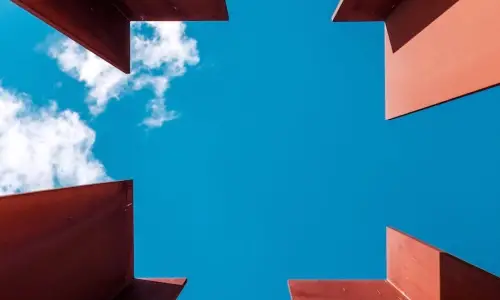Places
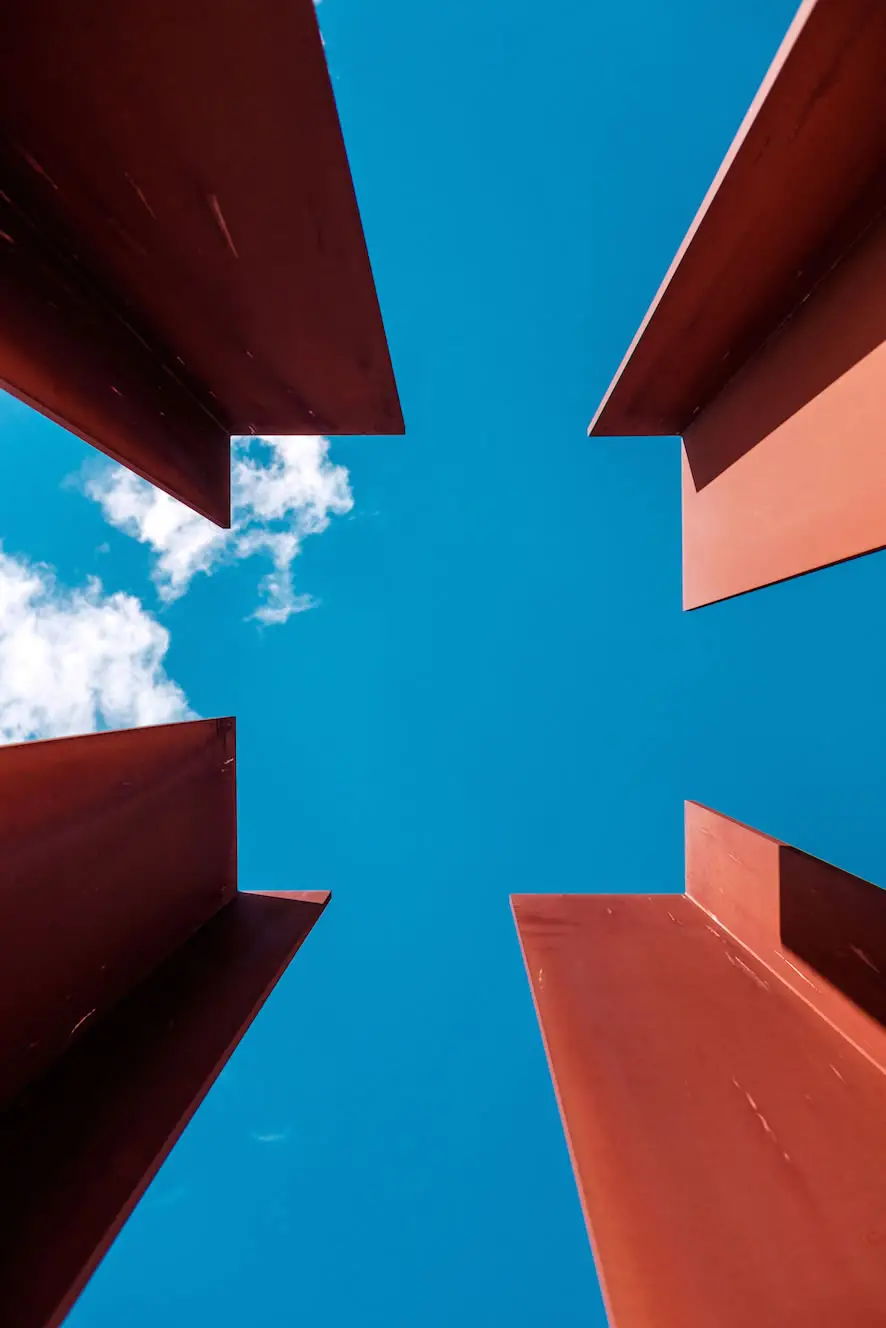
- Places
- Hits: 8388
Lens on Berlin

To observe Berlin from a high vantage point is a confusing experience. Initially, you see what you expect to see: a city center, with a road grid that progressively fans out towards the outskirts, a river. But soon, you start to notice that the city is really made of doubles: two city centers, two television towers, two ports. Exactly in the middle, a sprawling green area and a monumental archway: the Tiergarten and the Brandenburg gate. It is significant how a city that has been divided for over forty years does not cluster around a cathedral or a castle, but rather, around a monument that is a symbol of passage. The geographical center of Berlin, as we now know it, is a fake – it has been redesigned from scratch after the fall of the Wall. This is probably the reason why the city’s most important museum, the Haus der Kulturen der Welt, has been erected in the midst of the Cold War, with a peace-keeping intent. From its terrace, one can admire both the nearby House of Parliament, (the Reichstag) and the summit of the faraway Alex television tower erected by the DDR. The HKW offers themed exhibitions that often bring together anthropology and contemporary art: the annual Transmediale festival, of course, but also many shows dedicated to seldom explored and somehow quirky themes (an exhibition dedicated to monkeys, and the relationship between humans and other primates, for example, or a workshop on how to waste time on the Internet).
From the district of Tiergarten, to reach any part of the city you have to travel along the tree-lined Unter den Linden. It is worth taking time to visit the more ‘institutional’ Berlin of the Gendarmenmarkt, where for once the taxi’s queuing to wait for the crowds exiting the prestigious Konzerthaus and not some club in Friedrichshain. It is a chance to stop and have dinner at Lutter & Wegner: sublime French-Prussian dishes in a setting that reminds one of the Great Gatsby, had he been German.
Leaving the city center which is largely ignored by the locals, we reach Alexanderplatz. Even the most die-hard sentimental would find it hard not to be disappointed: the trams speed through the pedestrian pathways, the square is framed on all sides by enormous shopping malls, the Urania Weltzeituhr, Berlin’s world time clock, now looks like a tiny merry-go-round in comparison. But if you coast along the super-elevated S-Bahn, north-bound, you reach a shopping area that is much more civilized.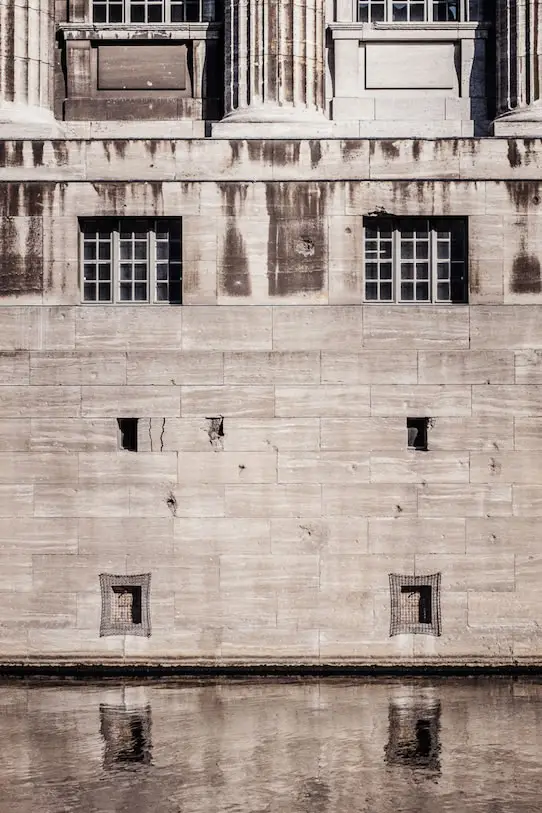 Hackeschermarkt is recognizable for its red-brick buildings, each concealing a web of small, interconnected courtyards — the Hackescher Höfe— which house hip designer stores and independent craft-makers, in a vibrant, urban atmosphere. Heading towards Weinmasterstraße, you have to choose: either loose yourself exploring the Scandinavian boutiques and concept stores (take your pick, from Monky, Weekday and Acne, to Swedish wool specialist, Klippan) or explore the side-streets off Auguststraße. Here, you’ll find the gallery-museum KunstWerke—which in May will host the biannual arts festival curated by DisMagazine—and the restaurant/ballroom Clärchen Ballhaus, where, every night after eleven o’clock in winter, you can dance in its 1920s chandeliered Mirror Salon. Close-by, we have Do You Read Me? A veritable treasure trove for those with a passion for independent publishing (another great bookshop specialized in art-books is Pro-QM, near the Volksbühne Theatre of Rosa-Luxemburg Platz).
Hackeschermarkt is recognizable for its red-brick buildings, each concealing a web of small, interconnected courtyards — the Hackescher Höfe— which house hip designer stores and independent craft-makers, in a vibrant, urban atmosphere. Heading towards Weinmasterstraße, you have to choose: either loose yourself exploring the Scandinavian boutiques and concept stores (take your pick, from Monky, Weekday and Acne, to Swedish wool specialist, Klippan) or explore the side-streets off Auguststraße. Here, you’ll find the gallery-museum KunstWerke—which in May will host the biannual arts festival curated by DisMagazine—and the restaurant/ballroom Clärchen Ballhaus, where, every night after eleven o’clock in winter, you can dance in its 1920s chandeliered Mirror Salon. Close-by, we have Do You Read Me? A veritable treasure trove for those with a passion for independent publishing (another great bookshop specialized in art-books is Pro-QM, near the Volksbühne Theatre of Rosa-Luxemburg Platz).
Adjacent to the Mitte there are two districts that are architecturally similar but differ widely in terms of demographics. Taking as our point of reference the nearby Rosenthaler Platz: on the north-west we find Wedding, and on the east, the iconic Prenzlauerberg. You reach Wedding via the interminable Ackerstraße that starts off from Mitte’s restored altbauten, and walking past the Bernauerstraße (a passage-way through the Berlin Wall, its memorial site being far more interesting than the crowded East Side Gallery). This traditionally working-class district is still home to a few gems of unspoilt period architecture. It is this unspoilt atmosphere that surrounds the former crematorium (Silent Green Kulturquartier, Gerichtstraße 35), recently transformed into a vibrant cultural center: the gardens and bistro perfectly encapsulate this newfound city spirit, especially in springtime.
Coming back east, here we are in Prenzlauerberg, the first area in Berlin to truly experience the impact of gentrification. Having cast off the monotonous gray of its socialist days, the local buildings have been restored to the pale ice-cream hues they had in the Twenties, when the district was the night-life center of the city. Prenzlauerberg is divided by three main arteries; the westernmost Kastanienallee leads up to the famous Bernauer Park. Avoid it on Sundays, it is much better to lie low in one of the Oderbergerstraße bars sampling alpine cheeses for brunch. Once you reach the top, near the Ebeswalderstraße station, walk down, heading towards Kollwitzstraße. It is the most striking street in the area even when it is crowded with baby strollers. This is the chance to have the perfect German breakfast experience at Anna Blume or a Vietnamese dinner at Si-An (their house-special is crispy duck with pineapple) in Wörtherstraße, and browse through old and rare English editions in St. Georges, the city’s best second-hand bookshop. Another popular culinary destination is The Bird: the house expressly forbids you the use of cutlery to eat their classic burgers. To burn off the calories, there’s nothing better than a walk to the Planetarium, a soviet architecture of perfect sci-fi spheric madness. Finally, in the grid of small side-streets intersecting the two main avenues (Schönhauser Allee e Prenzlauer Allee), you can enjoy a glass of Tannenzäpfle (a typical Black-Forrest beer) at Lass uns Freunde bleiben and end the night at Visit Ma Tent, to sample their vast selection of French spirits.
In the south-east of Berlin we find two more iconic districts: Kreuzberg and Neukölln. To get there following our circular trajectory, we cross through Friedrichshain. Hated and shunned by Berlin’s new wave of foreign residents, F-hain was the first area to be colonized by artists and students. It is a chance to experience socialist brutalist architecture first-hand, particularly in the giant boulevards of Karl-Marx Allee and Frankfurter Tor. Here, take a glimpse at the mahogany-lined shop windows of Sternberg Press. The little square of Boxhanger Platz still has the power to evoke by-gone days and is close to the art gallery NOME Projects (in Dolziger St. 31). If you are already in the mood for a spot of urban grit, take a turn for Treptower Park and have a look at the Soviet war memorial: not that you could miss it, its scale is alarming even if you are familiar with the Egyptian pyramids.
Once you reach Kreuzberg, you have several options: the typical tourist hotspots, from the Warschauerstraße bridge to Kottbusser Tor; or Kreuzkölln, the most pleasant and diverse; lastly, the more “traditional” Kreuzberg, spread over the hill of Viktoria Park and the grown-up Bergmannkiez. It is worth a visit especially for the food, the organic delicatessens of Marheineke Markthalle (the Greek moussaka is a delight) and the best Korean food in Berlin, at Madang (Gneusenauerstraße 8).
From there, it is a pleasant fifteen-minute walk to Kreuzkölln, where you can browse in the Graefekiez, under the shady trees that line Dieffenbachstraße or explore Kadò, a shop specializing in liquorice from all over the world. The Maybachufer is also very close, and the best time to visit is Friday morning, when the canal side hosts the bustling Turkish market: despite being a popular tourist destination, it still sells remarkably fresh produce, try the delicious herring sandwiches sold at the fish-stall.
Northside of the canal we find the better known side of Kruezberg. If you enjoy smoking (Berlin bars are still a smokers’ paradise) you can treat yourself to a glass of Efes in the Kotti Café (located in that architectural monstrosity that is Kottbusser Tor): it is one of the few public venues where German and Turkish Berliners truly come together. The nearby Oranienstraße still bears evidence of the political activism the area was once famous for, it now houses two important institutions: the Museum der Dinge (literally “museum of things”, dedicated to modern design) and the nGbK, a center that champions emerging contemporary art. If you get hungry after all this culture, you can always stop for a rösti at the Swiss restaurant Helvetia or have yourself the best chicken kebab with a side of hummus in the nearby Görlitzer Park, which offers fairy-tale like scenery and quite a bit of illegal drug selling as well.
If you have managed to disengage yourself from the drug-dealers, then you are ready for Neukölln. It can rightly be called the Turkish Berlin, and in recent years it has bloomed. A seemingly never-ending sequence of shisha bars and tobacco shops open 24/7 crowds the busy parallel streets of Sonnenallee, Karl-Marx Straße and Hermannstraße. It is in the tiny cobble-stoned alleys inside, however, that you grasp the energetic vibe of this area and also, the effects of such a sudden development. A few words of advice to get the most out of your visit – begin with a tour of the best bars in Weserstraße, starting from the Ä (a pioneering example of Berlin-style bar). Wine lovers should look no further than Vin Aqua Vin (They serve German labels too and they are very good) and if Vodka is your poison, try Kuschlowski (the Polish labels stand out). There are two high quality restaurants holding their own amidst the sprawl of popular kebab joints: one is Industry Standard, co-owned by a Norwegian/Mexican duo (despite this unlikely pairing the menu is actually Anglo-French) and the other is Sala da Mangiare, the place where you’ll eat fresh homemade pasta tasting like it was magically plucked straight out of Bologna.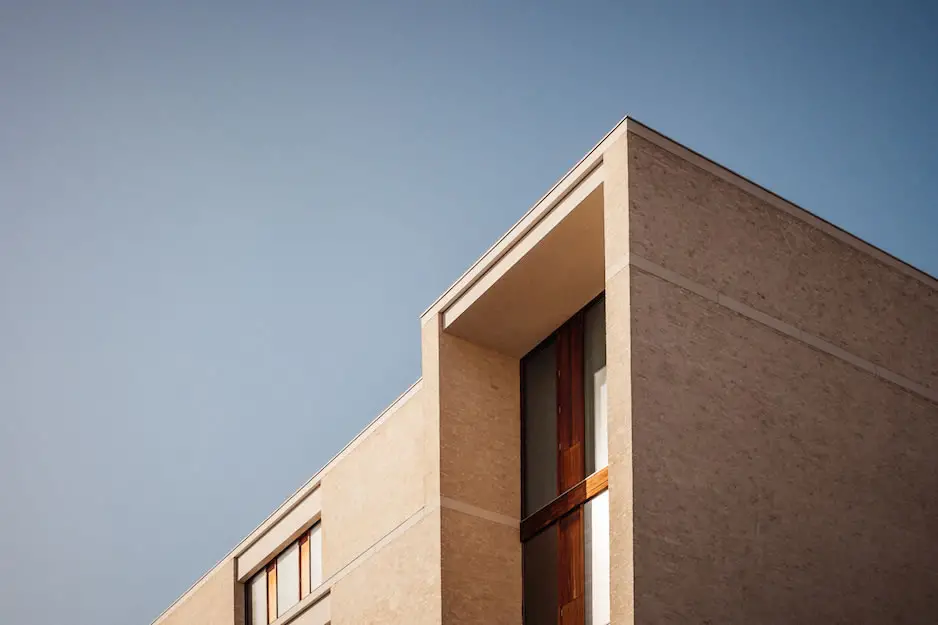 Just a little to the south, you’ll find a place that is rarely advertised in tourist guides – it is the Rixdorf, a small Bohemian-style village that has survived wartime destruction and is miraculously preserved pretty much intact. From there, heading west, we have one of the city’s most memorable sites: the Tempelhof, an airport which was kept in use up until 1998 and has been repurposed, transformed into a giant park with no trees. Crossing it is quite a surreal experience, fortify yourself sipping a cup of (organic) coffee to go, picked up from one of the many hip coffee-bars in Schillerkiez.
Just a little to the south, you’ll find a place that is rarely advertised in tourist guides – it is the Rixdorf, a small Bohemian-style village that has survived wartime destruction and is miraculously preserved pretty much intact. From there, heading west, we have one of the city’s most memorable sites: the Tempelhof, an airport which was kept in use up until 1998 and has been repurposed, transformed into a giant park with no trees. Crossing it is quite a surreal experience, fortify yourself sipping a cup of (organic) coffee to go, picked up from one of the many hip coffee-bars in Schillerkiez.
This immense green flat-land serves as a divider between the vibrant, multicultural part of Berlin and its rather more institutional Western side. It would be a mistake to dismiss it, both Schöneberg and Charlottenburg deserve a visit. The first has for a long time been a strong-hold of the local gay community and is best known for its art galleries. If you fancy immersing yourself in the city’s traditional Thursday evening gallery-opening parties, start from Kurfursterstraße (the big players here are Supportico Lopez, at 14b, and Tanya Leighton, at 156) and then move along the Landwehr Canal near the Neue Nationalgalerie and head for Isabella Bortolozzi or the Future Gallery. Charlottenburg is where Berlin’s well-heeled live, and it is not hard to figure out why. Leave behind the busy Kudamm (a place of unbridled capitalist ostentation back in the days when the city was divided), by walking in the opposite direction to the Gedächtniskirche and Zoo station (the one immortalized by Christiane F., still an unexpectedly fascinating place) and follow the Fasanenstraße: the Literaturhaus restaurant-café will redefine your concept of “posh”. End your visit with an ice-cream from Savigny Platz: you have made it back to Germany.
Words – Clara Miranda Scherffig
Photography – Samuel Zeller
